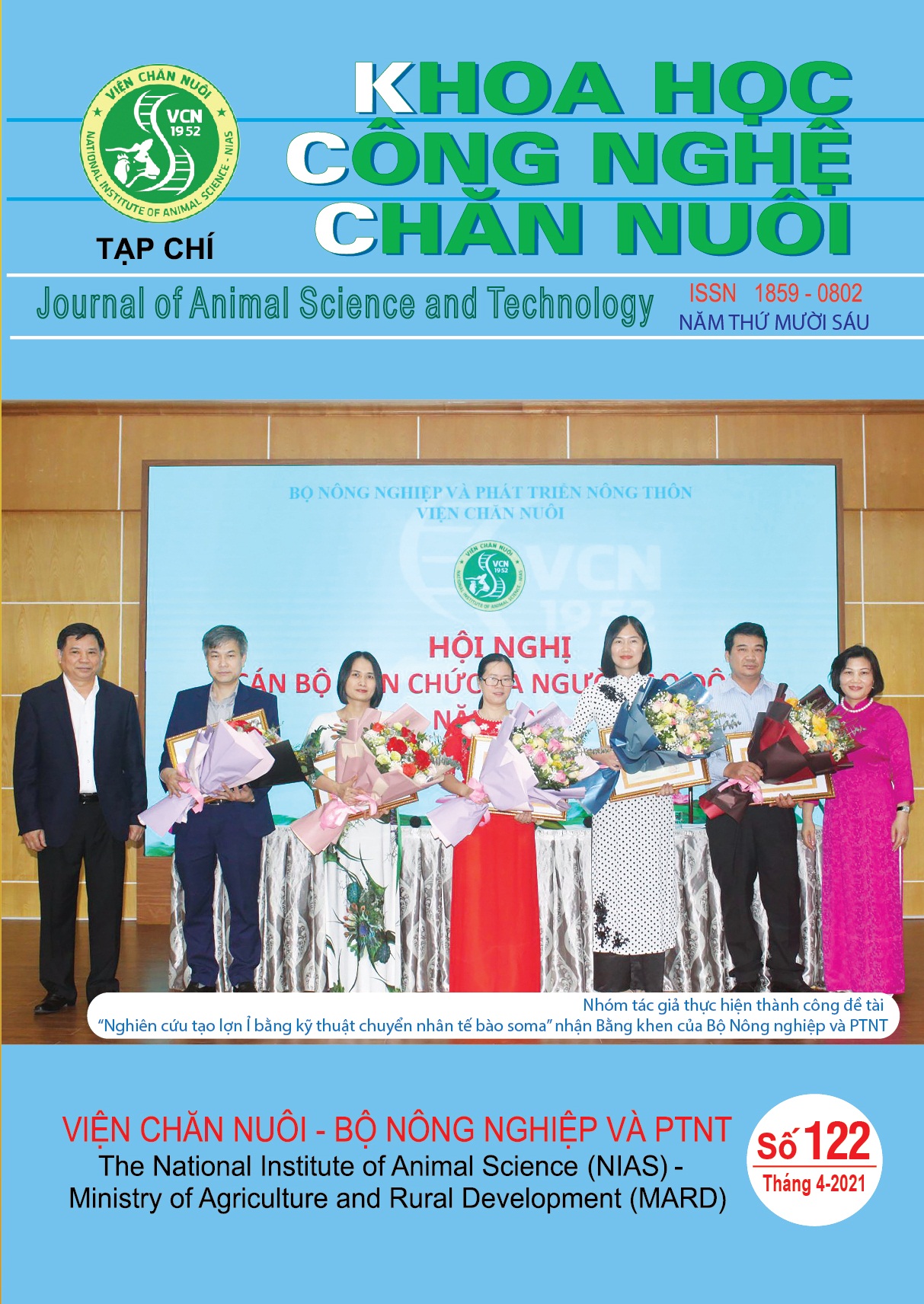Selectively study create two lines of LV chicken over four generations
This study was conducted at the Poultry Research Station of Thuy Phuong poultry research center from 2017 to 2020. From the original LV chickens, raw materials were selected and oriented into 2 lines: LV1 rooster line which with enhancing body weight. LV2 hen line with enhancing egg yield. For the LV1 rooster line, Free feeding until 8 weeks old, weighing the whole flock, rooster chickens choose individuals with high to low body weight, selection rate 14.96-15.35%; hens selection rate 49.68-51.66%. The female line LV2 monitored individual egg production from laying the first egg to 38 weeks of age, selecting individuals with high to low egg yield (68-98 eggs), selection rate 48.17-54.17%. Objectives of the study: male lines, body weight of 8 weeks old rooster ≥1800g/head; hens ≥ 1400g/head. Egg yield/hen/68 weeks of age ≥ 165 eggs. Female line, egg yield/hen/38 weeks of age ≥ 68 eggs. Egg yield/hen/68 weeks of age ≥ 175 eggs. The result through four choosing generations, the LV1 rooster chickens had the body weight per 8 weeks were 1807.70 grams higher 200.91 grams than the beginning generation, the hen chickens were 1413.18 grams higher 83.59 grams than the beginning generation. The heritability coefficient about body weight was 0.51, the genetic progress of rooster reached 39.54 grams/a generation and hen was 25.16 grams/ a generation. The LV2 chickens with egg yield/ a hen/ 38 weeks reached 69.30 higher than the beginning generation 3.60 eggs. The heritability coefficient about the egg yield was 0.19, the genetic progress was 1.71 eggs/ a generation.

